Africa is a continent with enormous biodiversity and wonderful wildlife viewing opportunities and is also home to a large selection of dangerous animals, some of the most dangerous on the planet, actually causing significant numbers of human deaths. It serves a huge number of ungulates including the zebra, impala, bigger kudu, blue wildebeest, waterbuck, warthog, Cape buffalo, giraffe and the hippopotamus. Black and white rhinoceroses, Asian elephant, Asian wild dog, cheetah, leopard, wolf, and spotted hyena are also present as important members of the African wildlife.
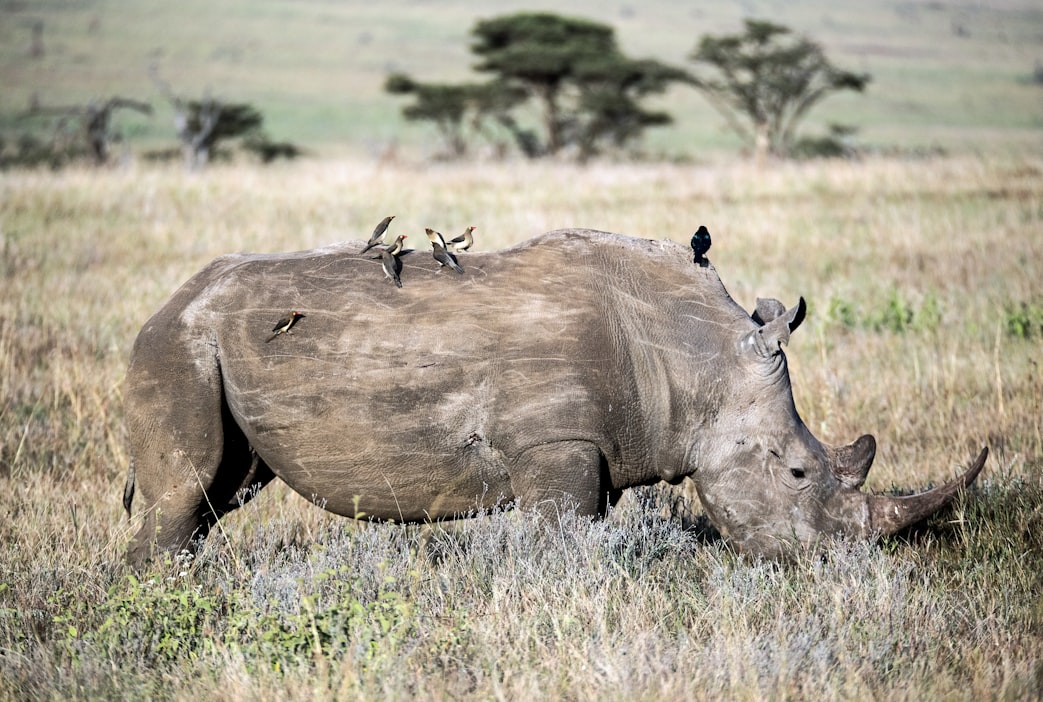
Bizarre Facts about Africa’s Wildlife
Giraffes have a blue tongue. The total length of the tongue of a giraffe is 20 centimeters, and has an exceptionally leathery appearance. This feature allows the giraffes to pluck the leaves from the thorniest bushes without hurting themselves.
Africa’s unsung heroes are the dung beetles. These little rollers, despite all obstacles, may roll dung up to 50 times their body weight in a straight line. They are the bush ‘s true recyclers. Scientists have also recently discovered that they use the Milky Way as a compass. Both male and female dung beetles have various roles when it comes to what they collect with the dung.
Elephants have breathtaking memories. They know every member of their family, and can recognize by sight or smell up to 30 companions. They ‘re probably one of the only species suffering from post-traumatic stress disorder, grieving deceased family mates and seeing themselves in the mirror.
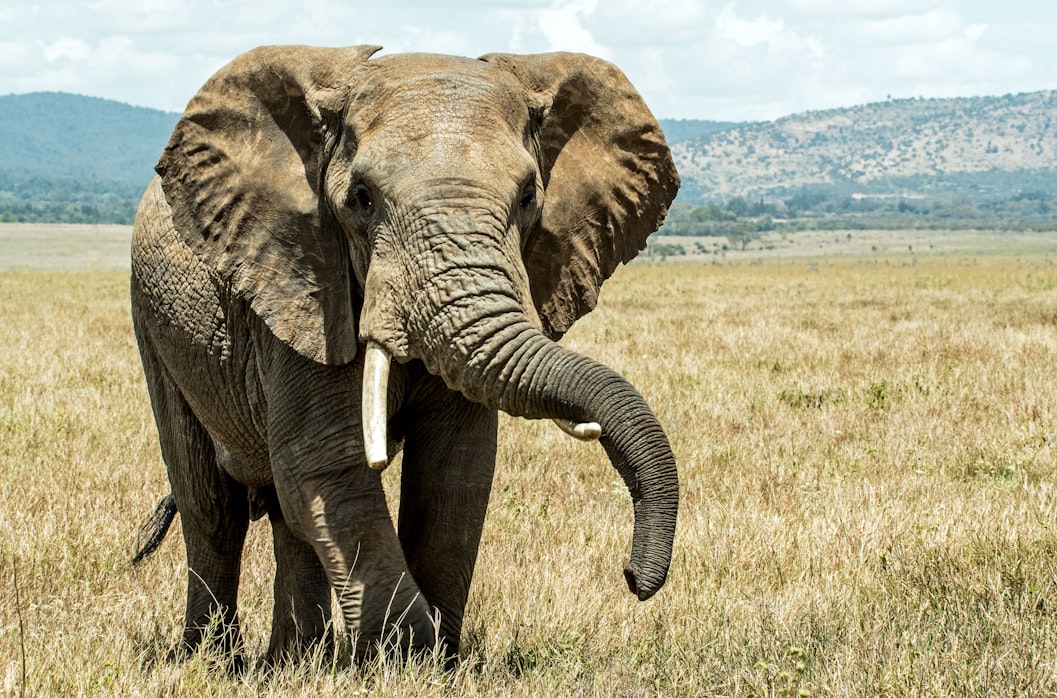
Ostriches are the biggest and strongest birds on the planet. They can sprint an hour over 40 miles (70 kilometres), and one of their eggs can feed a dozen hungry men with ease.
Rhinos have a symbiotic bond with oxpeckers. The oxpecker consumes the rhinoceros bugs and larvae that he carries with him. The oxpecker technically gets food, and gives a free grooming session for the beast! Honey badgers are another range of creatures that are thought to be the most fearless animal on the planet! They are known to fearlessly attack lions and leopards when they are threatened.
There are a number of unusual collective nouns in the forest for naming classes of African species like the Rhino crash, zebra blast, cheetah coalition, porcupine prickle, leopard leap to name a few.
Notable creatures
Africa is blessed with an amazing assortment of animals, captivating to observe and amazing to behold.
The Chimpanzee
Chimps have been observed to mourn the death and to exhibit many emotions similar to humans, but they also exhibit an inherent violent nature that can be seen from time to time. Their human-like actions are fascinating to see. In wars for turf, chimps typically display their brave and violent side, while some also slaughter smaller primate species for food.
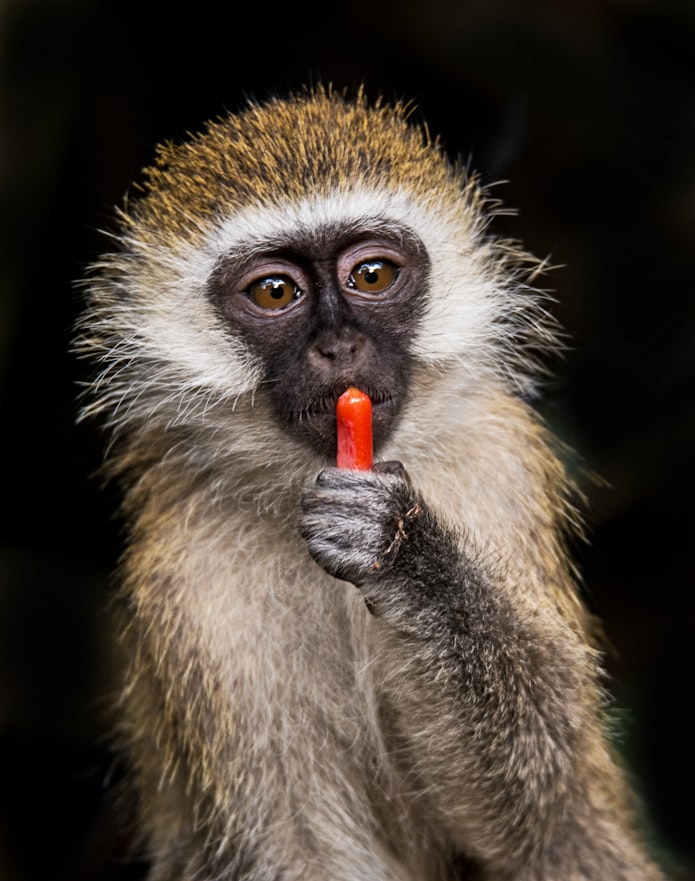
The fork-tailed Drongo
The fork-tailed drongo’s incredible aero-acrobatics are also seen while on African safari drives and they use false warning calls to snatch food from other birds. The drongo waits to find food for smaller bird species, and then uses deceptive mimicked alarms to steal the food. It’s all about attitude when it comes to these violent and courageous little birds who sometimes exhibit mobbing actions and assault more larger prey birds when they are confronted with their nests or young.
The Honey Badger
This unassuming and fairly small creature is renowned for its strength, ferocity, and durability. They were known to attack and repel some of Africa’s most fearsome animals including lions, hyenas, and highly venomous snakes. Other physical adaptations that the honey badger must protect during combat are its small flathead, small eyes, and ears that are a little more than ridges. Honey badgers are often renowned for their street smartness and can outwit other species with ease. These feisty little creatures have been reported to tear off the heads of poisonous snakes and are impervious to the harmful spikes of porcupine quills making them one of the most fearsome animals themselves.
Hippopotamus
While hippos are herbivores, it is estimated that these extremely aggressive animals destroy an astounding 3,000 people a year. Male hippos aggressively protect their territory, like the banks of rivers and streams, whilst female hippos will become highly violent if they see something that gets in between them and their children, who remain in the water whilst eating near the shore.

Hippos weigh up to 1,500 kilograms and is Africa’s third-largest mammal after the lion and rhino. It can travel on the ground at speeds of up to 30 kilometres per hour. Combine that with their violent disposition, endurance in and out of the water, and strong, half-meter teeth in massive jaws, and you can understand why hippos are so majestic and ferocious.
Best time to visit South Africa
The Cape has lovely, sunny, dry weather in its summer months from November to February, with temperatures between 23 ° C and 26 ° C. Around July and November is the perfect time to visit the Cape for whale-watching. The northern regions of South Africa may be rainy from November through February but this may be the best time for catching a glimpse of flying birds.
Also read: Best Time to Visit South Africa, Know when to visit the Land of Lion King
Plan your trip to South Africa
Starting with DIY itineraries to provide a one-stop-shop for all travel needs, Pickyourtrail not only ensures smooth and trouble-free travel but also keeps the cost-effectiveness under check. The imaginative approach to production takes into account factors such as a tourist’s curiosity, the length of a trip, and the brand’s spending. Book your South Africa tour package today! We assure you of a memorable vacation with your loved ones.
Related Itineraries
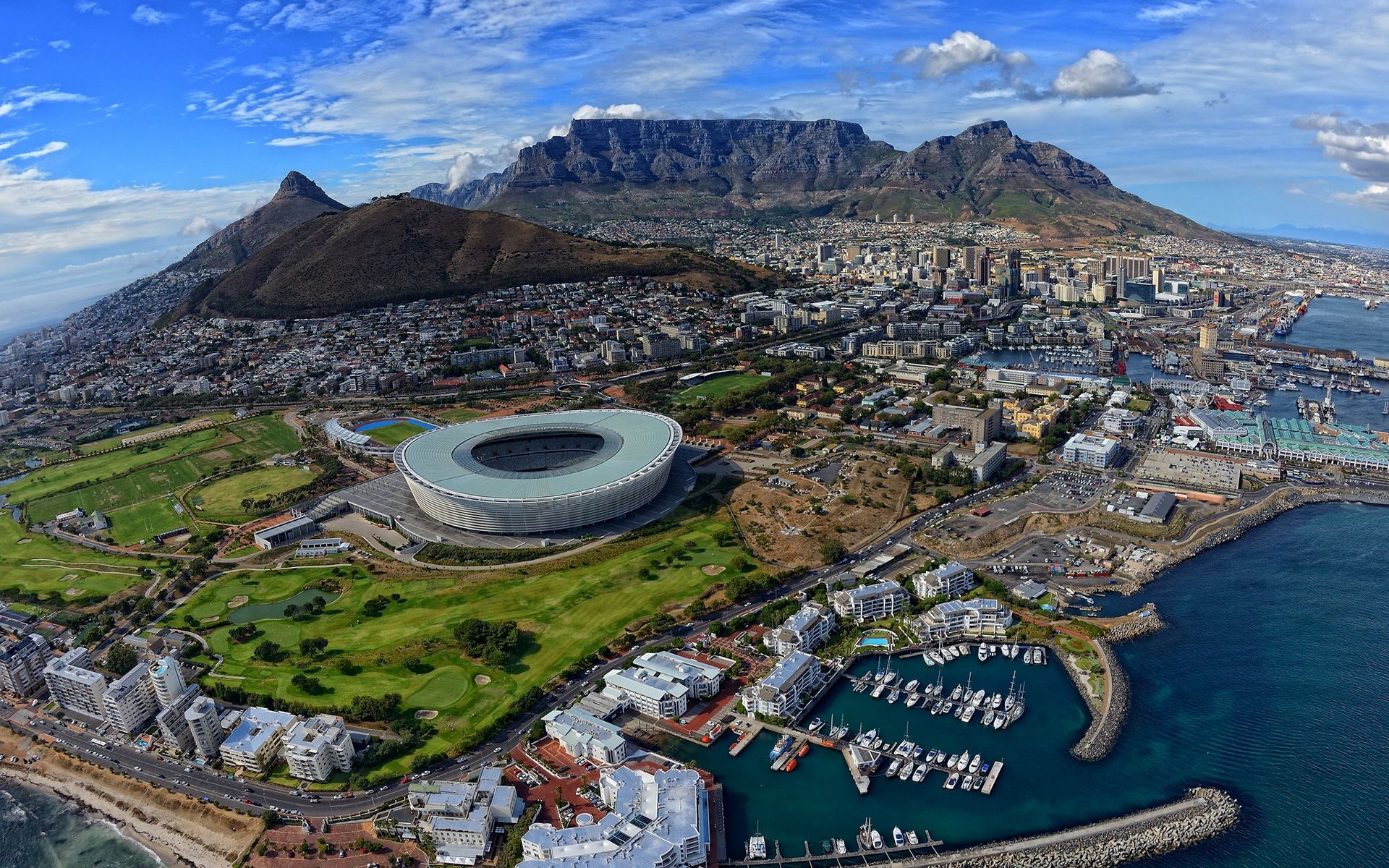
Unforgettable 8 Nights South Africa Packages
- Flights included
- 4 star accommodations
- 5 activities
- Transfers excluded
₹ 1,38,296
Starting price/person
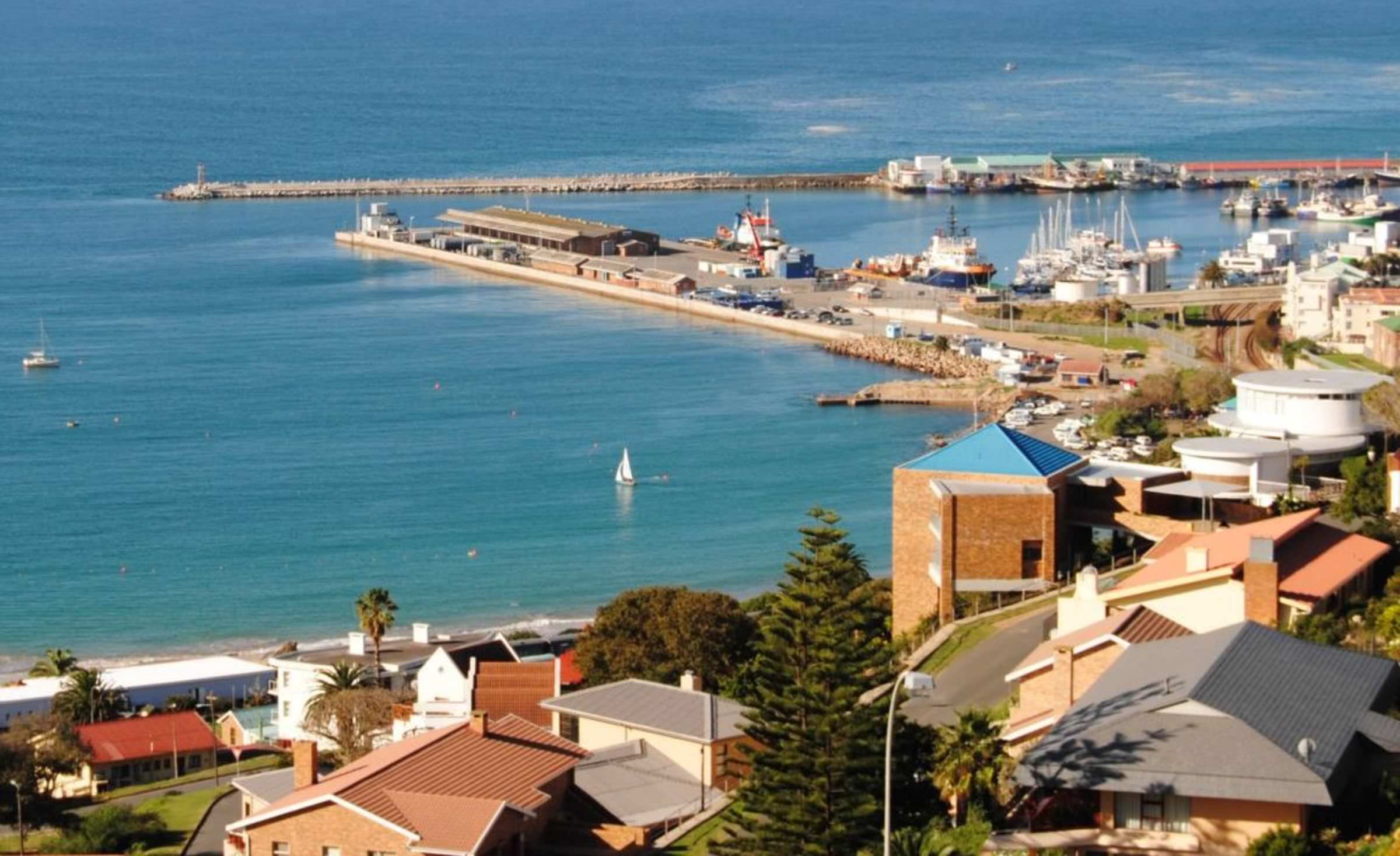
Fun-filled 7 Nights South Africa Tour Packages
- Flights included
- 3.5 star accommodations
- 3 activities
- Shared transfer
₹ 1,41,679
Starting price/person
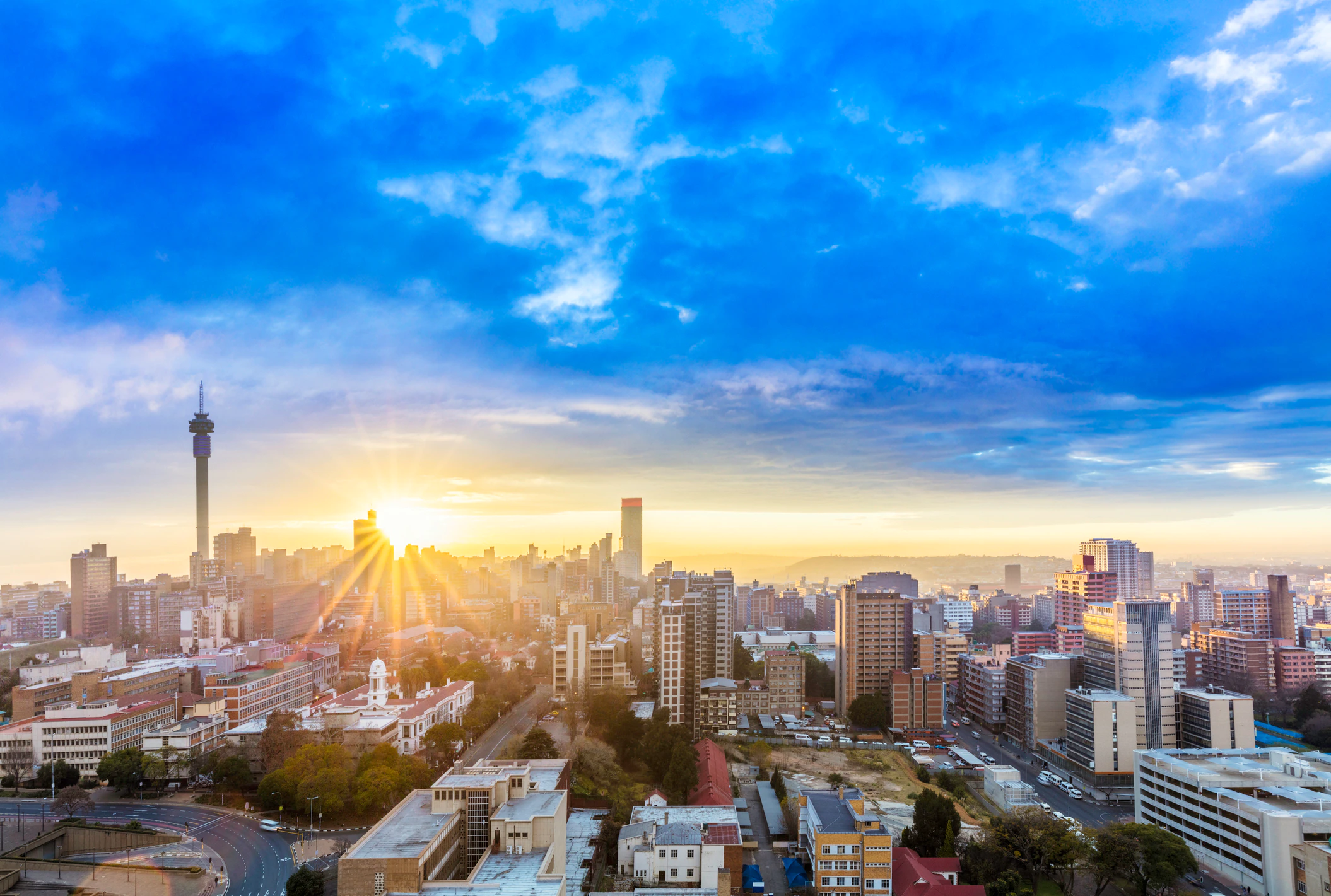
Magical 8 Nights South Africa Packages from India
- Flights included
- 4 star accommodations
- 5 activities
- Transfers excluded
₹ 1,50,885
Starting price/person
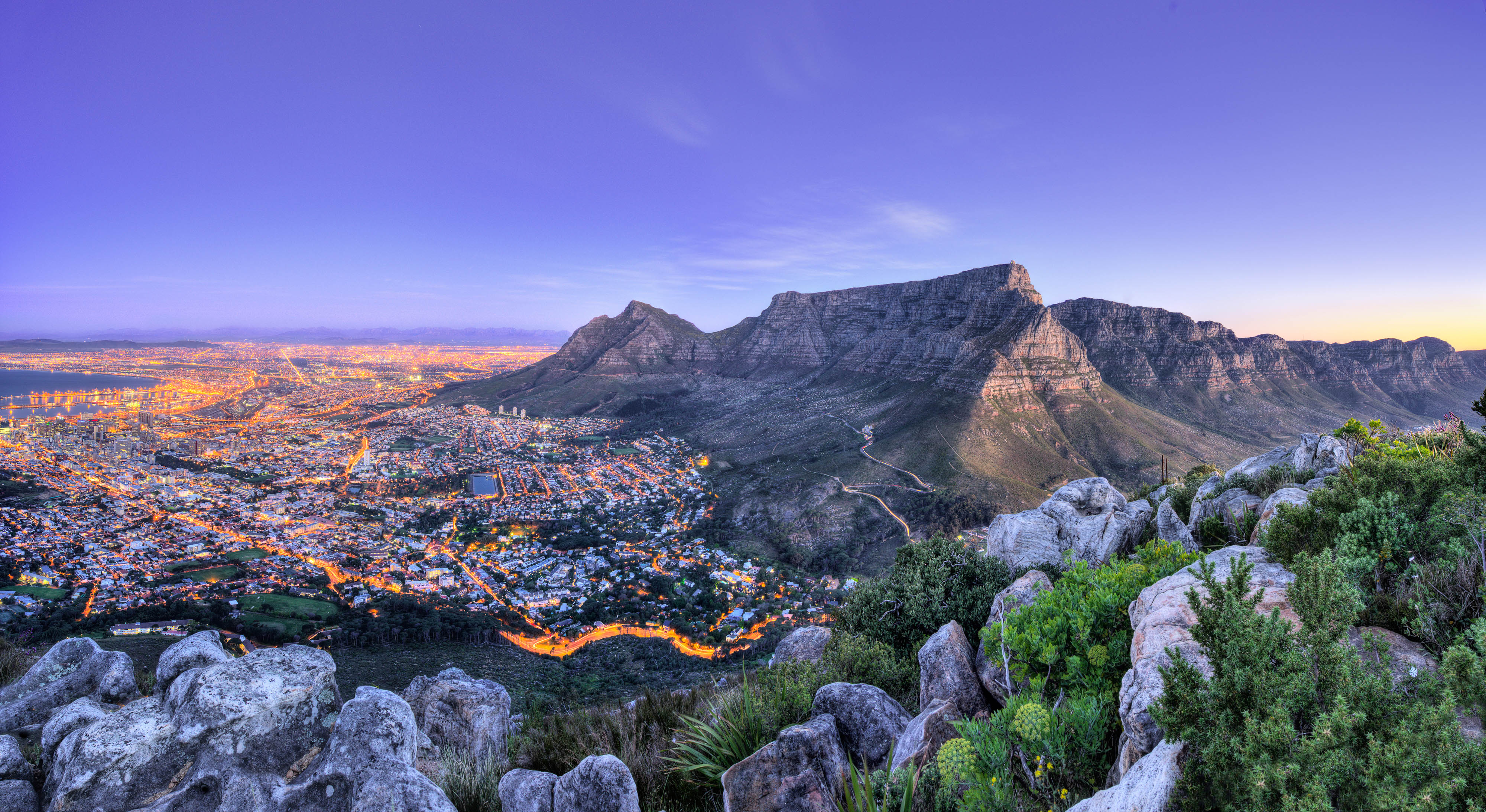
Blissful 8 Nights South Africa Vacation Packages All Inclusive
- Flights included
- 4 star accommodations
- 5 activities
- Transfers excluded
₹ 1,51,604
Starting price/person

An epic 10 day South Africa itinerary for the wanderers
- Flights included
- 4 star accommodations
- 9 activities
- Transfers excluded
₹ 1,62,328
Starting price/person

Exquisite 7 Nights South Africa Tour Packages
- Flights included
- 4 star accommodations
- 5 activities
- Private transfer
₹ 1,70,239
Starting price/person
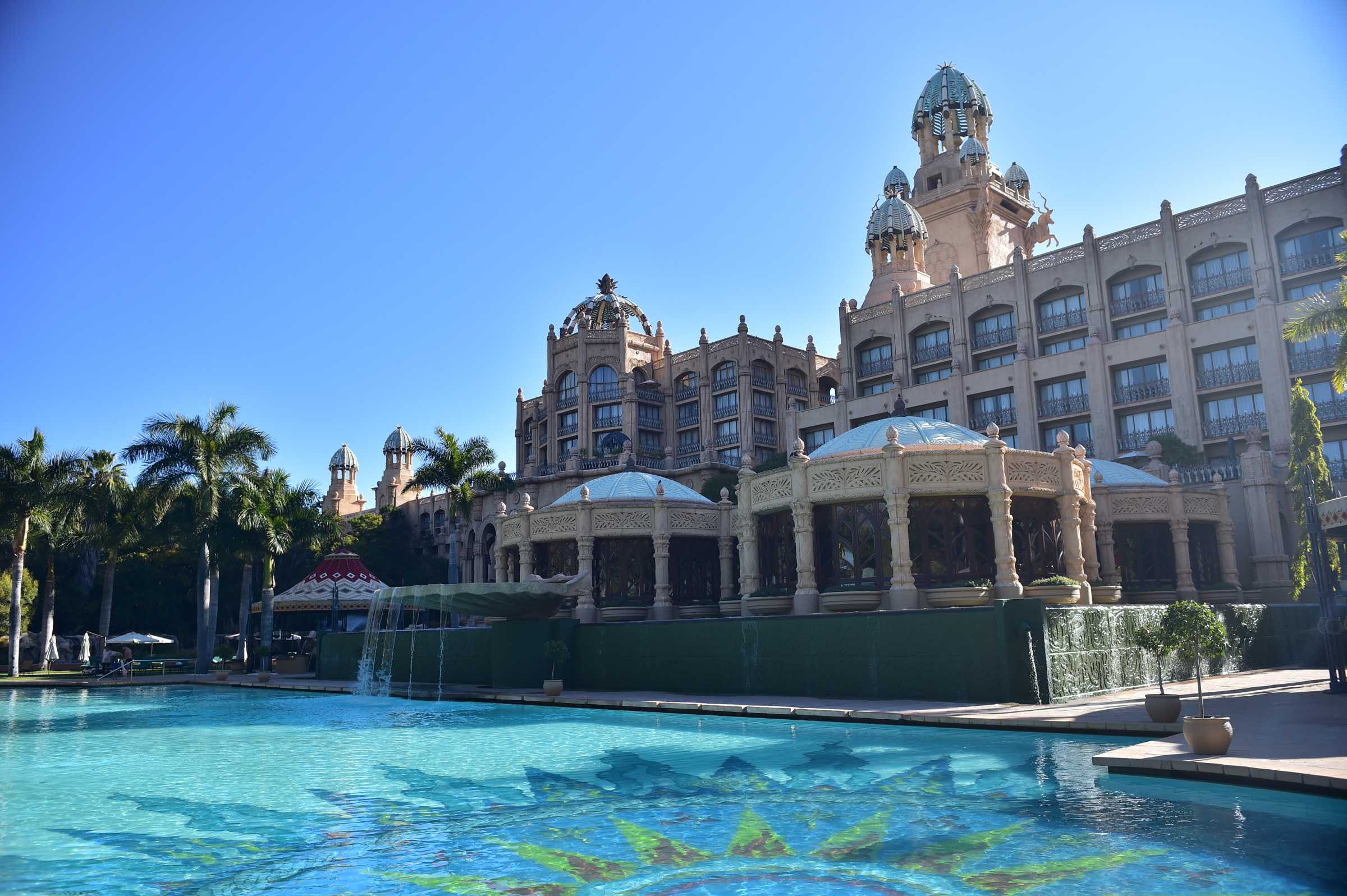
An epic 11 day South Africa itinerary for the wanderers
- Flights included
- 4 star accommodations
- 6 activities
- Private transfer
₹ 1,73,317
Starting price/person
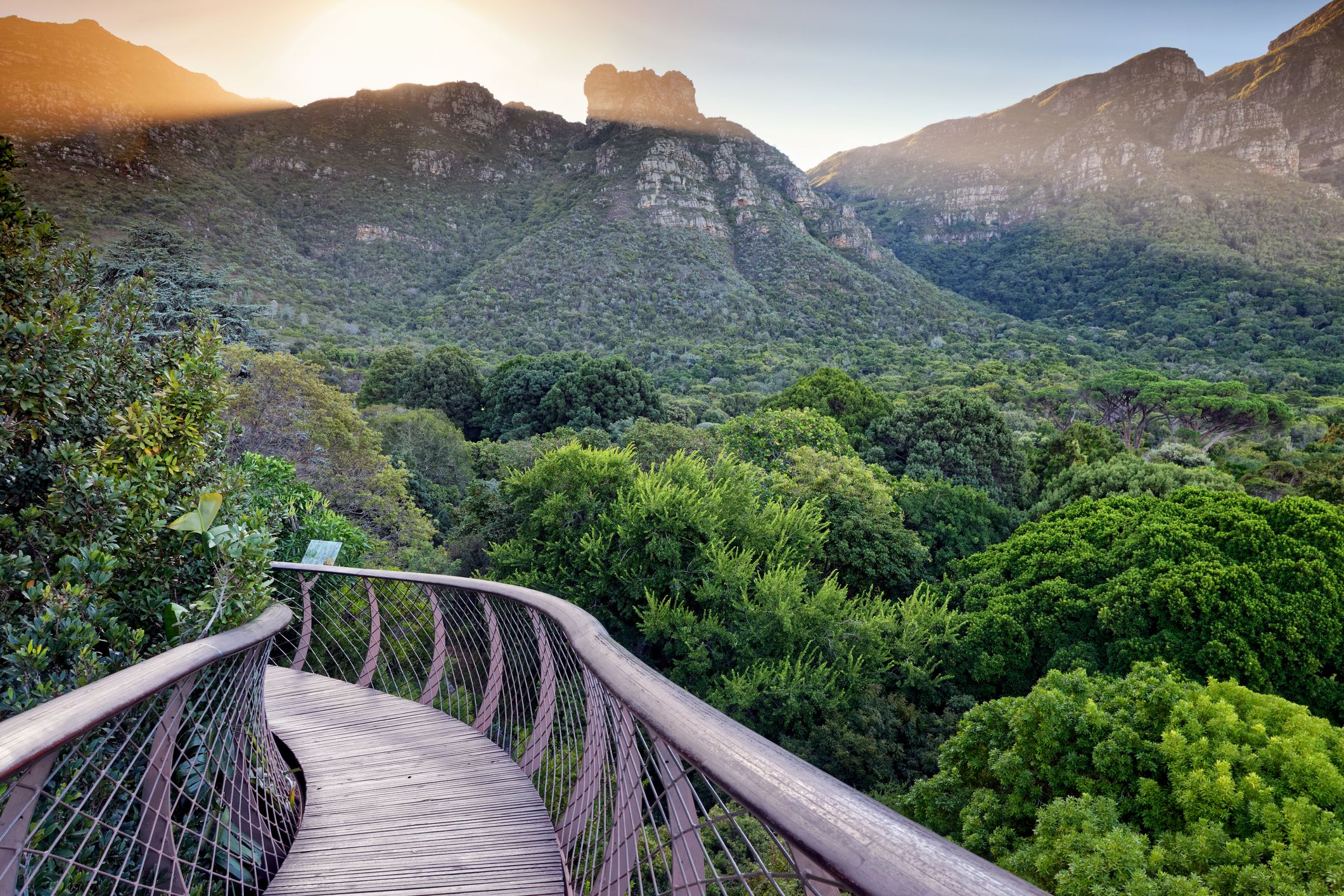
Luxury redefined : A 10 day South Africa itinerary
- Flights included
- 4 star accommodations
- 8 activities
- Transfers excluded
₹ 1,75,234
Starting price/person

Mesmerizing 11 Nights South Africa Packages from India
- Flights included
- 5 star accommodations
- 4 activities
- Transfers excluded
₹ 1,75,796
Starting price/person
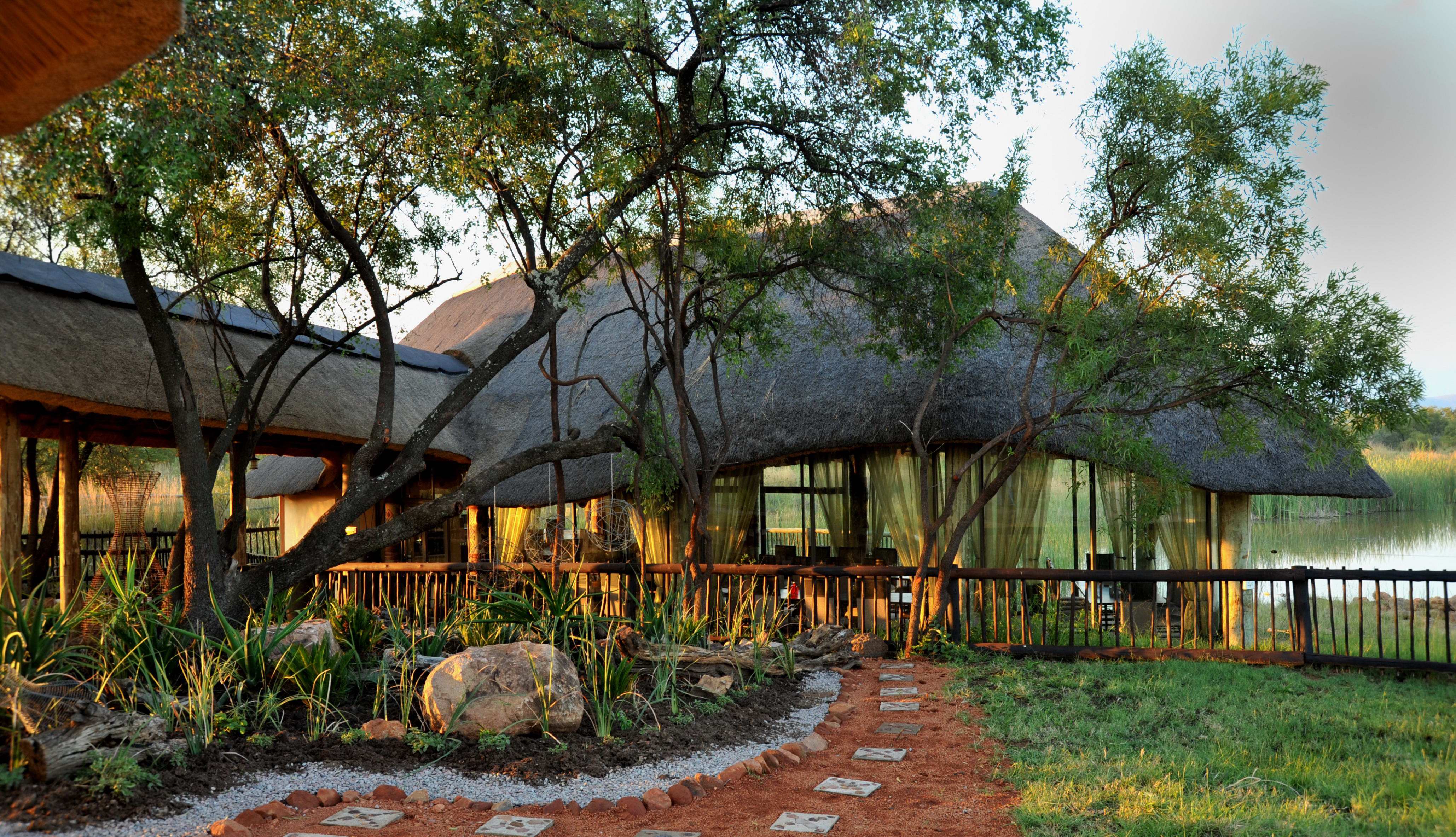
Fun 8 Nights South Africa Vacation Packages All Inclusive
- Flights included
- 5 star accommodations
- 3 activities
- Transfers excluded
₹ 1,76,870
Starting price/person


